Tariff Wars and Global Realignment: The U.S. Push for Order, China’s Silent Victory
Input
Changed
U.S. Launches Global Order Realignment Under the ‘Turnberry Framework’ A Move Aimed at Boosting Domestic Jobs Backfires Instead “Trade Surplus Has Grown” — Key Rival China Smiles
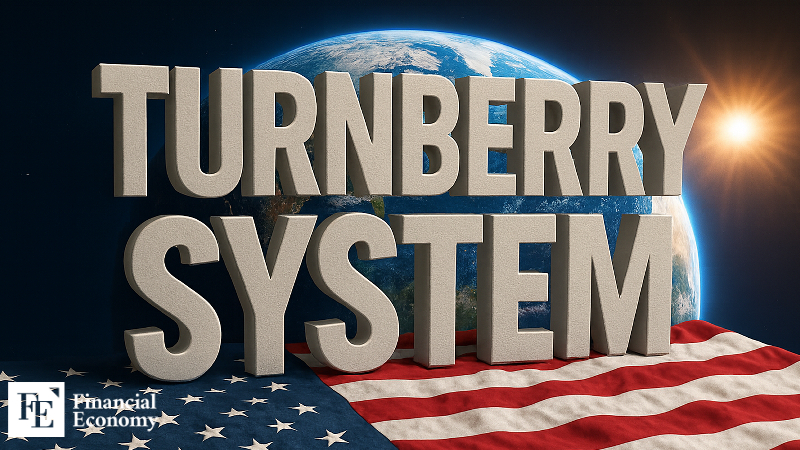
The global order built on division of labor and free trade is entering a sweeping realignment. The shift comes after Washington declared a so-called “Turnberry Framework,” imposing aggressive tariffs to revive U.S. manufacturing and counter China. Yet experts warn the strategy may backfire—shrinking American jobs while strengthening China’s position in the international arena.
U.S. Says ‘Turnberry Framework’ Taking Shape Smoothly
On the 4th, U.S. Trade Representative Jamieson Greer declared, “America’s new trade agreements mark the beginning of a new global trade order,” adding that “a WTO-led system is no longer possible.” His remarks underscored that the so-called “Trump Round”—a series of trade negotiations built on steep tariffs—has begun to replace the multilateral regime under the World Trade Organization that has stood since its launch in 1995.
Greer explained that Washington’s recent deals with Korea, Japan, and the European Union—setting 15% reciprocal tariffs and securing large-scale investment commitments into the U.S.—were collectively named the “Turnberry Framework.” Turnberry, a town in Scotland, was where President Donald Trump and European Commission President Ursula von der Leyen signed a trade agreement on July 27 (local time). Greer hailed the pact as “a historic agreement that is fair, balanced, and aligned with concrete national interests,” noting that “although fewer than 130 days have passed since the Trump Round began and the Turnberry Framework is not yet complete, its construction is progressing smoothly.”
The Trump administration’s bold move reflects the urgency of America’s economic challenges. In the 1950s, manufacturing accounted for 35% of U.S. GDP; today, that share has fallen to around 10%. The decline has fueled a ballooning trade deficit, one that even dollar-based capital surpluses can no longer offset. In response, the administration has turned to tariff hikes and threats of retaliation to pry open foreign markets and attract overseas investment—an effort aimed at rebuilding U.S. manufacturing and creating jobs.
An Unusual Balance in the U.S. Job Market
The problem is that Washington’s strategy appears to be producing unintended consequences. U.S. employment has been steadily weakening in recent months. According to the Department of Labor, job openings (JOLTS) fell to 7.18 million in July, down from a downwardly revised 7.36 million in June, signaling a clear decline in labor demand. From May to July, average monthly job growth slowed to just 35,000—one-quarter of the pace seen a year earlier.
At the same time, layoffs have also declined. Labor Department data showed that new unemployment claims for the week of August 17–23 stood at 229,000, down 5,000 from the previous week. Continuing claims—those who have filed for unemployment benefits for more than two weeks—fell to 1.954 million as of August 16, down 7,000 from the prior week. The unemployment rate has remained at a historically low level in the low 4% range.
Federal Reserve Chair Jerome Powell described the labor market as highly unusual. Speaking at the Kansas City Fed’s annual Jackson Hole Economic Policy Symposium, he said: “The labor market is balanced, but in a peculiar way—with both demand and supply slowing. Such a balance carries the risk of unexpected outcomes, including sudden layoffs or a spike in unemployment.”
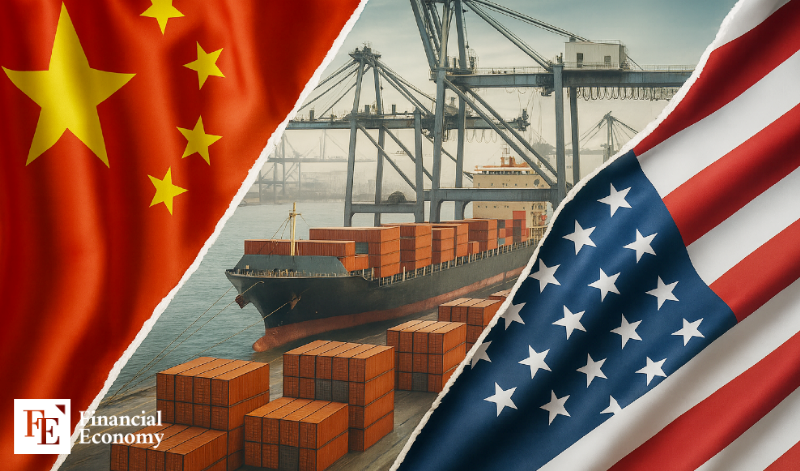
China Smiles Despite U.S. Pressure
China, the central target of Washington’s tariff war, is expected to suffer only minimal damage. The U.S. sought to undermine the competitiveness of Chinese goods through tariffs and to encourage reshoring of American companies that had relocated production to China. Yet with its vast domestic market, solid manufacturing base, and abundant resources, Beijing has the capacity to withstand such pressure. Analysts estimate that a complete halt in exports to the U.S. would reduce China’s GDP by less than 3%.
Some argue that America’s aggressive trade policy has even worked to China’s advantage. The New York Times reported in June that while Chinese exports to the U.S. declined after the tariff war began, China’s overall exports actually increased. In the first quarter of this year, China posted a record trade surplus of $273 billion, which widened further to $314 billion in the second quarter.
This improvement is largely due to the rise of Global South partners that turned to China after distancing themselves from the U.S. Africa is a prime example. Facing U.S. reciprocal tariffs of 15–30% under the Trump administration, South African Resources Minister Gwede Mantashe remarked, “If the U.S. imposes high tariffs, we must find alternative markets. Our biggest trading partner is not America—it’s China.” In June, Beijing announced it would suspend tariffs on African imports, effectively extending an open invitation.
Southeast Asia is also falling deeper under China’s economic sway. Countries like Thailand, Cambodia, Vietnam, and Indonesia—long seen as alternative routes for Chinese goods into the U.S.—have each been hit with U.S. tariffs of 19–20%, with additional levies imposed on goods transshipped through the region. Intended as a check on China, these measures have instead expanded its influence there. As Foreign Affairs noted, “If America’s economic retreat from Southeast Asia becomes clear, these countries will find themselves overwhelmed by China out of sheer necessity.”
India, too, has begun moving closer to Beijing in response to U.S. tariff pressure, strengthening cooperation in diplomacy, security, and trade. Chinese Foreign Minister Wang Yi visited New Delhi from August 18 to 20, followed by Prime Minister Narendra Modi’s participation in the Shanghai Cooperation Organization summit in Tianjin on August 31. The tariff war has thus provided an opening for reconciliation between the two nations, whose relations had been strained since their 2020 border clash. If India—long seen as a counterweight to China’s maritime expansion and Belt and Road strategy—shifts further toward Beijing, Washington could face a major diplomatic setback.

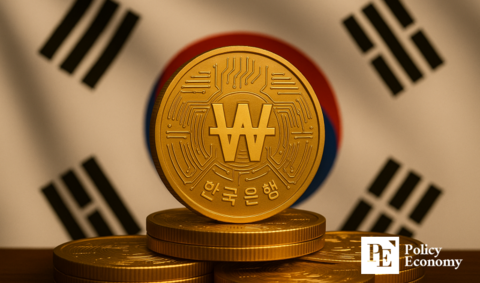
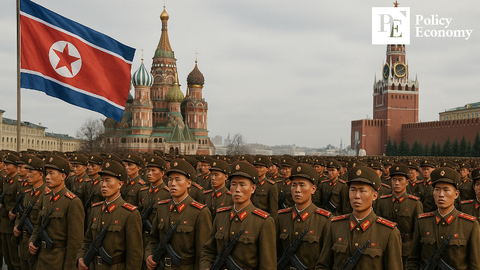
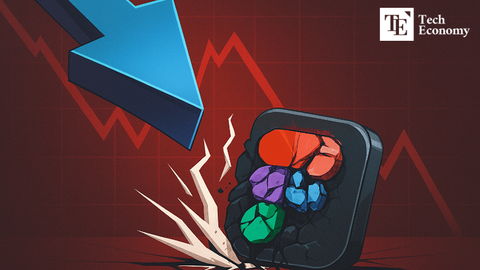

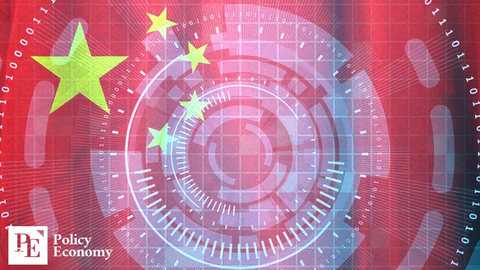


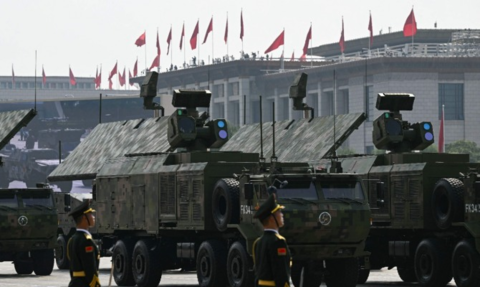
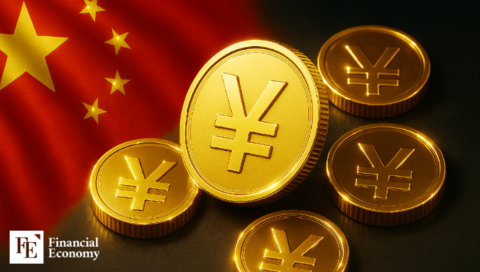












Comment